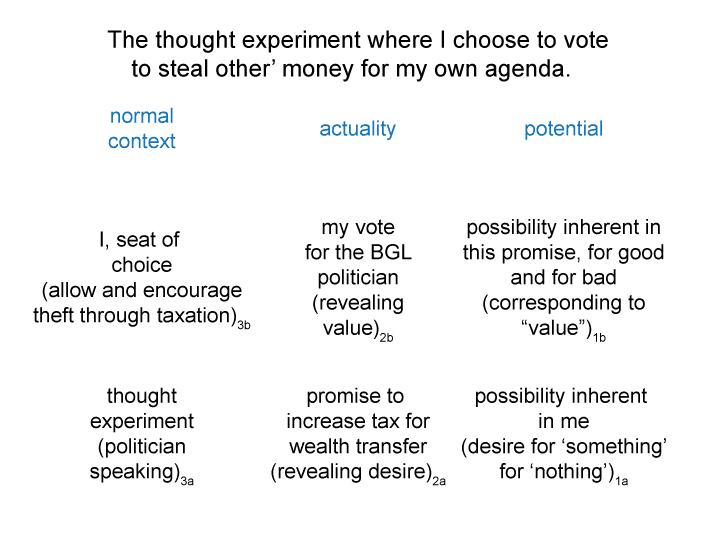Man and Sin by Piet Schoonenberg (1964) 2.3 GJ
Summary of text [comment] page 83
[Now, allow me to consider the intersection.
Is the intersection more convenient for exploring Schoonenberg’s comments on freedom?
I think so.
If these two nested forms intersected, two permutations are possible.
This is the one I select:
The content level becomes the horizontal (not vertical) axis.
The situation becomes the vertical axis.]


